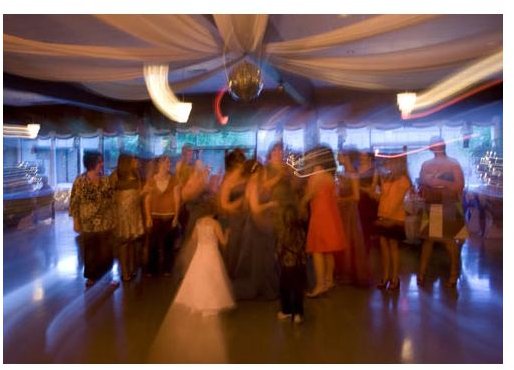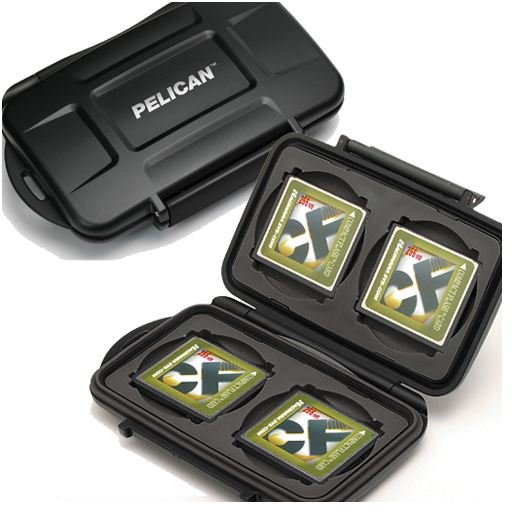Wedding Photo Shoot Simplified - Tips and Advice for Taking the Best Wedding Pictures
BEFORE YOU LEAVE
Before you leave the house in the morning, make sure that you have all of the equipment that you need for the day. Make sure your batteries are charged. Be certain that you have plenty of batteries (for camera and flash unit). Make a list the night before if you need to and check things off as you’re loading it into your car. Make sure that you have a full tank of gas. Sometimes the couple will want to go places between the ceremony and the reception, such as the bar where they met or to visit an elderly person who wasn’t able to make it.
Also, take a few bottles of water. It’s going to be a long, fast-paced day, and you need to stay hydrated.
KNOW YOUR SCHEDULE
As a general rule, you should be the first one there and the last one to leave. Showing up very early has its advantages. It gives you a chance to double check the wedding schedule and course of events for the day. Don’t bother the bride or groom about this if you don’t have to. Talk with the parents – they usually have a very good grip on what’s going on that day (oftentimes because they’re footing the bill).
I usually start out around 9-10 a.m. at the bride’s house to get the shots listed in the previous article in this series. Work this out with the couple beforehand so they know when you’re coming. If you have a second shooter at your disposal, you can send that person to the groom’s house to get those shots. If not, you will still have time to get all the shots taken yourself.
TIPS FOR THE DAY
- Shoot everything in RAW. I usually shoot in Program mode or Aperture Priority mode at a wedding, since everything happens so quickly, but I always shoot in RAW format – not JPEG. Shooting in RAW will give you so much more control over your photos in post-production that it is well worth the extra space it takes up on your memory cards.
Use a Card Holder
MORE TIPS
-
Keep an eye on your memory throughout the day. Be cognizant of how much memory you have left – not only total memory, but also the amount left on each card. Be sure that you don’t fill the cards all the way. I stop using a card when there’s only about 10 photos left on the card. Digital SLR cameras use a buffering system that essentially guesses at the size of each photo. But, if your camera says you have only one photo left, you take it, and the picture is larger than the camera thought, what happens? Data corruption and loss can occur, so play it safe and don’t fill up your cards all the way.
-
When a card does get filled, have a memory card holder, such as the one above, to put your memory cards in. You can easily carry these around in your pocket this way. From one of Scott Kelby’s books, I learned a great trick for separating your used and unused memory cards. Flip the used ones over so the back is facing you, and keep the unused ones face up in your card holder.
-
After you have a card filled up, make sure that you copy the images to a portable backup drive as soon as you have five minutes to rest.
-
When shooting formals, be confident! You are in charge of posing people the way that you want. Boss them around a little, but do it nicely.
-
Don’t shoot formals with anything lower than f/5.6. I usually try to shoot at f/10 if I can. Aim at their eyes. Make sure that you use a tripod, even if it takes a few minutes to set up, whether you’re shooting them inside or outside. Use a flash, but make sure it is diffused with an omni-bounce. You can also bounce the light off of the ceiling or another wall to soften the light. Try not to shoot the flash directly at the subject, or you will get bad shadows.
-
Be polite, but assertive. YOU are the photographer, and although everyone is trying to get pictures, your photos are more important. You can’t tell the bride and groom, “Well, so-and-so was in the way, so I didn’t get the shot of your kiss at the alter.” That is not going to fly. Do whatever you have to do to get the shots you need. If you’re doing formals, and other people are taking pictures, stop what you’re doing and politely explain that no one can be taking pictures at this time because the flashes throw off your exposure. They will understand, and if they don’t, at the very least they will stop shooting in fear of being called out again.
-
Be flexible – keep in mind that sometimes plans change. Be willing to make any accommodations for the bride and groom. On the other hand, some people may try and get you to take pictures of them and their family or ask you to send them prints. I always tell them that they’ll have to see the couple for prints. I’m working for them, and all photos will be sent to them. Aside from the parents, I never give photos to anyone else except the bride and groom.
-
Don’t be afraid to experiment - you should have plenty of memory!
Experiment!

- Be two steps ahead of the bride and groom at any given time.
- Pay attention to the following people (in order of importance):
o Bride
o Groom
o Wedding Party
o Parents
o Close Relatives
o Children
- Save some memory for the dancing at the end of the reception – ESPECIALLY if alcohol is being served. Chances are that you’ll get some great photos and a few good laughs as well. Shoot some dancing with a slow shutter speed to show some movement. Shoot at like 1/4-1/16 of a second for the shutter speed.
- Take a short break during the reception. You don’t really need many photos of people stuffing their faces with free food, so take a break, backup your photos, and enjoy a beer (or maybe at least a glass of water).
In the next section of this series, learn about what is involved in post-production of wedding photos.
This post is part of the series: How to Shoot Your First Wedding - Wedding Photography Tips
This series of articles will cover what to do before the wedding, during the wedding, and after the wedding. This guide will equip you with useful skills, ideas, and advice to make your first wedding shoot a success.
- What to Do Before Shooting Your First Wedding – Get Organized with These Wedding Photography Tips!
- What Camera Equipment Do You Need to Shoot Your First Wedding?
- What to Shoot at Your First Wedding – Plan and Prepare
- What to Do at the First Wedding Shoot – Wedding Photography Tips and Advice
- What to Do After You Shoot Your First Wedding – Post-Production
